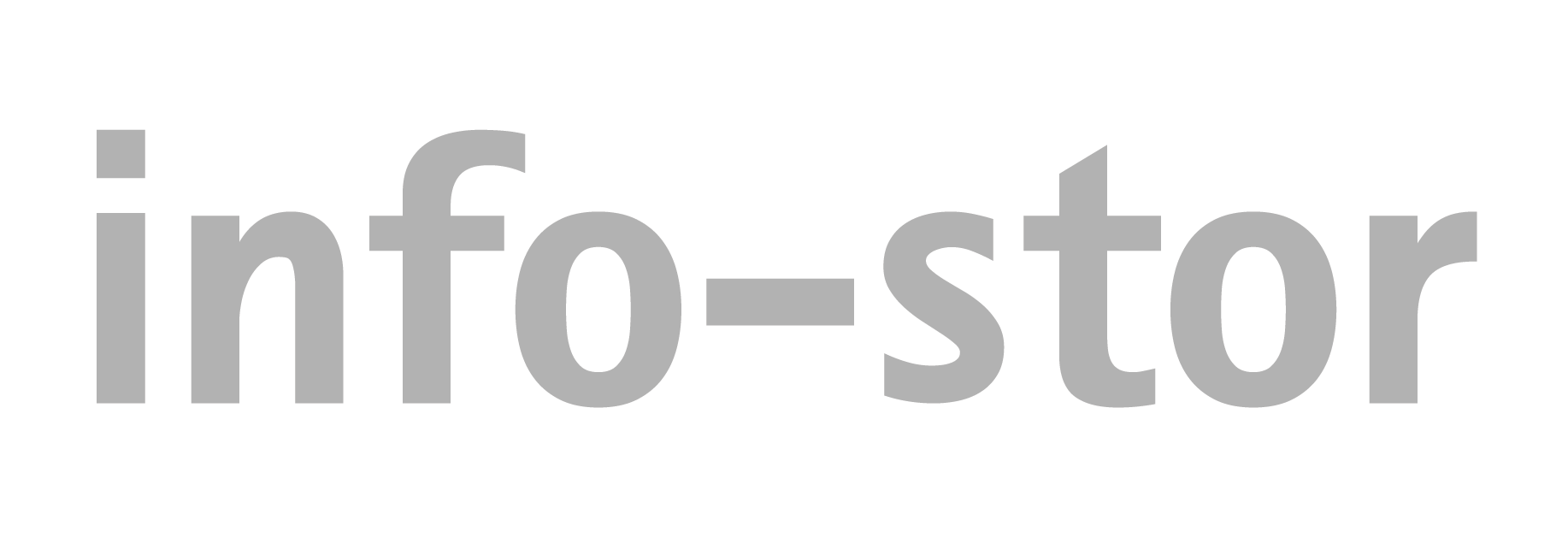Modern networks require monitoring. Assuring integrity, security and performance optimisation: the need for comprehensive monitoring solutions has only increased as networks have grown more sophisticated, and the onus placed on them magnified. Networks underpin – and, ultimately, drive – organisational and operational success.
And yet it can be difficult to justify additional expenditure. After all, there’s the infrastructure itself to pay for. Even AWS, with its minimal barriers to entry, is enough of an expense that anything additional can be met by resistance. Monitoring solutions represent a long-term strategy to not only network health, but organisational success. What may happen, after all, may not happen – but when it does, the damage to work processes or quality of service (QoS) can be extensive, and the reputational damage irrevocable. To understand the value of network monitoring, then, long-term thinking is essential. The difference isn’t felt over a day or a week, but over months and years – and the incremental, day-to-day efficiencies and improvements that compound.
For those that need additional rationale – and if the growing urgency of remotely coordinated workplaces proves insufficient impetus – here are four ways monitoring can help your network and protect your business.
1. Data collection
Data is the best guide for growth. While there are many solutions offering a form of data collection, not all are able to give you the insight necessary to make targeted decisions. The best understanding is gained from context. Context-rich metadata is how you understand not only that something has happened, but the how and when of its happening. It gives you the holistic, birds-eye view of your network, and of every network connection therein. Solutions such as Scrutinizer by Plixer and ntop’s nBox NetFlow/IPFIX and nBox Recorder allow for a deeper level of data collection, including by generating and analysing NetFlow data, to provide comprehensive insight and inform performance and security optimisation. For instance: if issues or malicious traffic are detected, you’ll be able to see from which network connection this traffic arrived, drastically improving the speed and efficiency of problem resolution.
2. Security
Security is an obvious but frequently underestimated benefit of monitoring. The reality is that even with monitoring, security threats are evolving; what’s required is a solution able to keep pace with this evolution and intelligently detect and report problems. Now with the recent inclusion of its Network Intelligence and Security Intelligence modules, Scrutinizer is able to do precisely that. To most, news of security breaches are abstract realities; they happen to other, often larger companies and are due to individual negligence or one-off events. But these are only the cases that reach the headlines – the point being that the greatest security threats are those that were nutrified in their infancy, and subsequently unreported. Security is a constant necessity, to make certain the if never becomes a when, and demands continuous learning.
3. Performance optimisation and usage trends
Monitoring of data flows, and, specifically, generating and analysing NetFlow data, is critical to optimising the performance of networks. You know about keeping your pulse on the network. The moment-by-moment condition of a network, linked to a number of key thresholds, will mean you’ll know when a bottleneck occurs, or when the quality of service (QoS) has degraded. But to ensure optimal network performance over time, a historical record of traffic is required. Usage trends speak to correlations: to what happens within your network at particular points of time, and under specific conditions. Again, both Scrutinizer by Plixer and the ntop Recorder are great answers to this need. Better than minimising the impact of performance drops is minimising their possibility, and using network history to predict its future.
4. Cost savings
And where do all these benefits arrive at? A lower-cost network. Network monitoring can significantly reduce the cost of maintaining a network. First and most simply, this is achieved by reducing the number of things that go wrong. It can detect security threats before they’re able to impact performance, network integrity or QoS. And it can alert managers both to existing efficiencies and to inefficiencies, based on usage trends, behaviour patterns or historical data, that may arise in the near future.
Businesses built on networks, and indeed are entirely dependent upon them, suffer disproportionately from network outages. In many cases, the potential cost is difficult to qualify, but suffice to say that even a sustained drop in network performance is one of the greatest threats to businesses’ bottom lines in 2020 and beyond. We all know the idiom about the floor falling from underneath your feet, and how it applies in this case. Additionally, in the case of QoS: customer trust is hard to regain once lost, and the resulting cost of a loss of reputation or brand damage potentially enormous.
In the end, each threat is answered with a solution. The task is selecting a combination of the right, mutually empowering solutions. To learn more about how to improve and protect your business through network monitoring, and the best solutions available to do so, contact us today.


